
Twenty-five years ago John Morrow launched TwoMorrows Publishing, which has become the Eisner-award winning preeminent publisher of comic book related magazines and books. With collaborators including Jon B. Cooke, Michael Eury, Roy Thomas, George Khoury, Mike Manley and, Eric Nolen-Weathington, Morrow’s most recent projects include Kirby & Lee: STUF’ SAID, a comprehensive examination of the creators of the Marvel Universe and the currently running Kickstarter campaign for The World of TwoMorrows, a retrospective of the company’s first quarter century.
John took some time to discuss the genesis of the company, their latest projects and his definitive favorite Kirby works!
* * * * *
FOG!: What was the genesis of TwoMorrows as a publisher and The Jack Kirby Collector it’s first regular title?
John Morrow: I really didn’t set out to start a career in publishing; my wife Pam and I were perfectly happy in the much more lucrative field of advertising and graphic design. But as our business (TwoMorrows Advertising) was on a firm footing, I decided to start a fun newsletter in my spare time, after I heard that Jack Kirby has passed away in February 1994. I’d always been a big fan of Jack’s work, and since we had the design software and computer equipment to do a professional job of it back in those pre-Internet days, I rounded up some rare Kirby material from my own collections, and produced a simple 16-page, hand-xeroxed zine, and after getting Jack’s widow’s approval, sent it out for free to 125 fellow Kirby fans who’d written tributes to Jack when he passed away.


As a testament to Kirby’s influence and legacy, it went way beyond that. Jack’s fans rallied around it through word-of-mouth and by sending their own Kirby art and tributes for me to publish, and it really exploded!
By issue #6 I was offset printing it in black-and-white instead of photocopying it. By #8 we had color covers and distribution in comic book stores. That success led to starting Comic Book Artist magazine with editor Jon B. Cooke (meant to be a “Kirby Collector” for the other artists, but Jon took it way beyond that, and won numerous Eisner Awards for CBA). From there, books seemed like a next logical step, so we started documenting comics history that way.
Now we’ve branched out into Lego fandom, and retro pop culture. But it all goes back to, and is inspired by, those early Kirby Collectors, and Kirby himself. If it hadn’t been for Jack, TwoMorrows wouldn’t be here thriving today.
You’ve worked with hundreds of contributors over dozens of titles. What are some of the projects that have meant the most to you either professionally or creatively?
When Roy Thomas came on board to resurrect Alter Ego (first in the back of CBA, and then as its own standalone magazine), I was floored. Getting to work with a professional whose work I’d always enjoyed and admired was a fanboy’s dream come true!
And the evening in San Diego when Julie Schwartz made a point to call Jon Cooke and me over to his table at dinner, and told us our work was the most professional and impressive he’d ever seen in fandom, was an unforgettable moment for me.


John Morrow and Jon B. Cooke in 1999
But getting to interview so many of the classic creators I grew up admiring is still sort of mind-boggling to me. I’m just a comics fan at heart, and long ago gave up my aspirations of being a comic book artist. Getting to know all these pros, and helping make sure they aren’t forgotten, is even better than if I’d gotten an actual comics gig. I’m so humbled to have found my own little place and niche in the comics industry, and overwhelmingly, all my childhood idols have lived up to the pedestal I put them on as a fan.
The industry is just full of so many of the nicest, most generous people on the planet, and I couldn’t be happier with where my career path has led me.
You recently published STUF’ SAID, which examines the creative partnership between Stan Lee and Jack Kirby. The book is fascinating as you construct a debate based primarily on quotes, research and chronology. Many Kirby fans are vocal online, blaming Stan Lee for any and every slight directed at Jack, regardless of the source. Yet, you identify that much of the rift is the result of their point of view; that both Stan and Jack thought that their job was the driving force in Marvel’s success. Where do you think the disconnect between the creators initially begin?


Stan Lee & Jack Kirby circa 1964 / Image via Sean Howe
I think STUF’ SAID, with its chronological progression of quotes from both Stan and Jack, does a good job of showing that it was a slow burn in the 1960s, not just one incident that caused the riff between them. As the decade went on and Marvel gained more popularity, Stan as company spokesman got the lion’s share of the credit, while Kirby was at home doing the lion’s share of the creative work by that point. There was bound to be friction in that working relationship, but then there were specific incidents that made it worse, and eventually their relationship was irreparable.
In that respect, I would compare them to John Lennon and Paul McCartney; too much water was under the bridge for the personal relationship to sustain itself (although their creative relationship wasn’t really at all like the Beatles).
But at least today, both are recognized as co-creators of the Marvel Universe, although the debate over who deserves what percentage of credit may never been settled.
Regardless of the project, I’ve often found that the collaborative work that Stan Lee did with Kirby and Ditko in particular represents their strongest work as opposed to the projects that they wrote themselves. Do you agree?
Personally, I find Kirby’s solo work on the Fourth World at DC Comics (right after he left Marvel in 1970) to be his strongest work. It didn’t have Stan’s polished dialogue, but it didn’t need it; it was (and still is) a totally unique vision of one artist. I’ve never found anything Stan did with anyone other than Kirby, that was as compelling and creatively powerful as that.
And of course, Stan wasn’t an artist, so there’s no true “solo” Lee work to compare it to. But I’d have to argue that the mid-1960s Lee/Kirby work was the most creative extended output in comics history; just long runs of great stories on several titles, that are still influential today.
Despite Stan becoming the face of Marvel, Kirby did return following his Fourth World work, doing runs on Captain America, Black Panther, The Eternals, and Devil Dinosaur. Why did he return to Marvel after the dissatisfaction which led to him departing in the first place?
STUF’ SAID documents this, outlining the chronological events that led to it. After the Fourth World was cancelled by DC in 1972, Kirby felt like DC wasn’t delivering what he was promised, and made inquiries about returning to Marvel several years before he actually did.
At that point, Stan had ascended to the role of Publisher, and it’s pretty clear Jack was only interested in returning because he wouldn’t have Stan controlling his work editorially anymore (and also, publisher Martin Goodman, who’d never given Kirby a fair shake, was gone from Marvel by that point).


But DC wouldn’t let him out of his contract, so he had to stay till 1975 before he could leave.
Other people mentioned in the book such as Joe Simon and Jim Shooter, seemed to act within their own interests. Do you think Jack was naive, too trusting or simply didn’t want to make waves with his issues while at Marvel?
Kirby simply didn’t have any other options in the 1960s. He was blacklisted at DC Comics due to a past dispute with a top editor there, so Marvel was the only place he could earn enough to support his family.


Kirby was in many ways at the mercy of the times; but yes, I think he expected Stan Lee to watch his back the way Joe Simon always had, but Stan had his own agenda and family to support.
The chummy “bullpen” that Stan savvily portrayed in Marvel’s 1960s promos probably ended up working against him in the arena of public perception. When he didn’t publicly support Jack later on, we fans that grew up thinking Lee and all the artists were best buddies who all worked together in a big room at Marvel, were disillusioned. It was a business, not a bunch of friends doing comics for the fun of it.
As adults now, many of us can take a more realistic view of it all, but there’s still that “fan” part of us that wishes it really was the way it was portrayed when we were reading those comics as kids.


Photo ©2018 Scott Anderson
Since Kirby was the driving force in launching your company with The Jack Kirby Collector, what do you think makes Kirby’s work not only important, but also beloved within the comic book industry?
It’s just so influential. You can play the “Six degrees of separation” game, and tie most anything comics-related, back to Kirby in some way. On the surface, his action-packed blocky art style was the really influential component in the 1960s and ‘70s, but now we’re seeing how much deeper it went than that. It was his concepts and characters, not his distinctive art style, that stands the test of time. Avengers: Endgame is already breaking box office records weeks before its release. But there’s so much “Kirby” that’s bound to be in it—and in the ten years of films leading up to it—that Kirby’s influence isn’t going anywhere, anytime soon—if ever.
TwoMorrows is celebrating it’s twenty-fifth birthday and recently launched it’s first Kickstarter for The World of TwoMorrows, a 25th Anniversary book on the history of TwoMorrows Publishing. What can you share about the book?


A $5 will help make the book a reality, and higher pledges get a limited hardcover edition, and rare and one-of-a-kind premiums.
All the details can be found at Kickstarter.com/projects/TwoMorrows/The-World-of-TwoMorrows.
What other projects are on the horizon?


Since you launched your company with the Jack Kirby Collector, and are celebrating it’s 25th Anniversary with STUF’ SAID, what five titles or storylines are essential for people to truly appreciate Jack Kirby’s work?
It’s tough to narrow down to five Kirby titles, but I’d go with:
- New Gods (or more accurately, the entire Fourth World series including Forever People, Mr. Miracle, and Jimmy Olsen)
- Fantastic Four (specifically issues #45-60)
- Captain America Comics #1-10 (from the 1940s)
- Young Romance (choose virtually any issue with a Kirby story in it; he could do quiet, compelling romance scenes as well as he did action-packed super-heroes)
- Thor #126-130 (Kirby at his finest)
My favorite single issue by Stan and Jack would be Fantastic Four #51 (“This Man, This Monster”). A perfect harmony of text and images.
For more details about TwoMorrows Publishing, click HERE!
To support The World of TwoMorrows Kickstarter, click HERE!





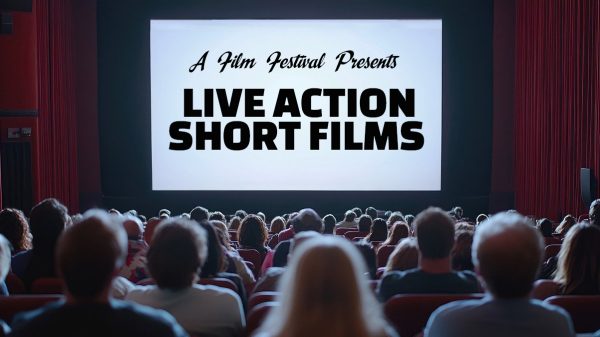


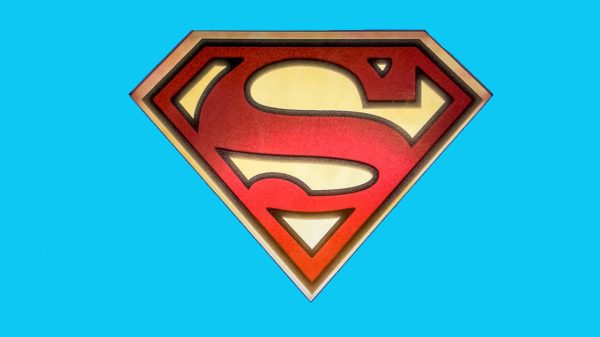
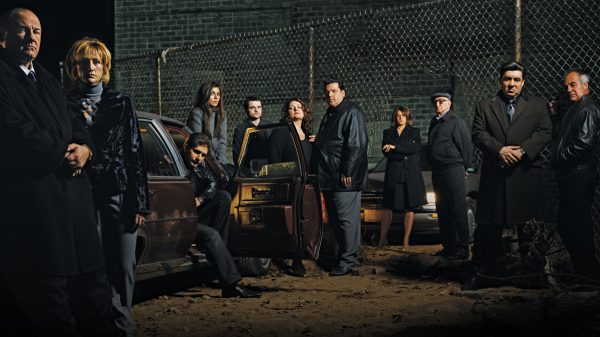
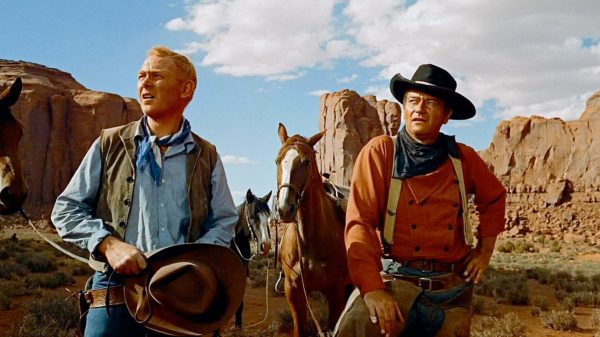


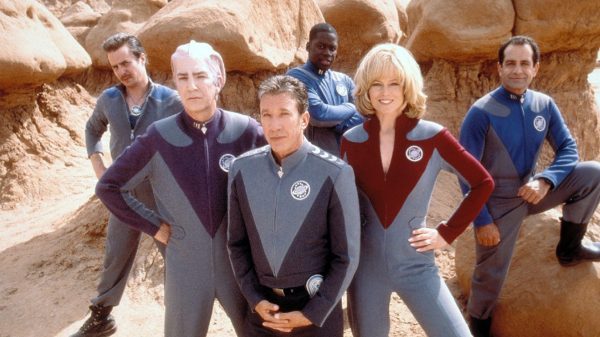
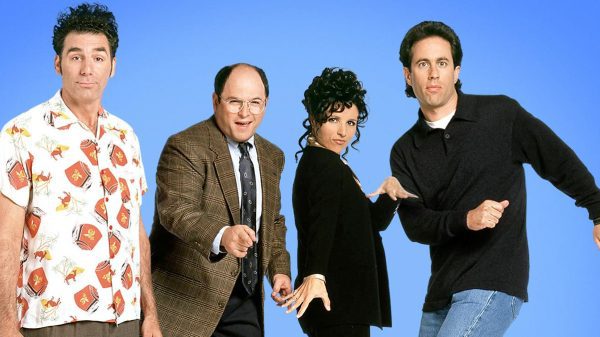
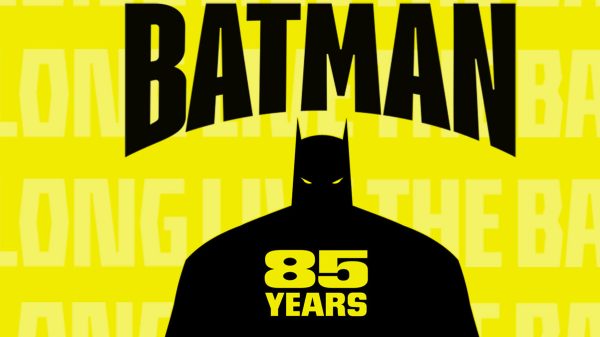

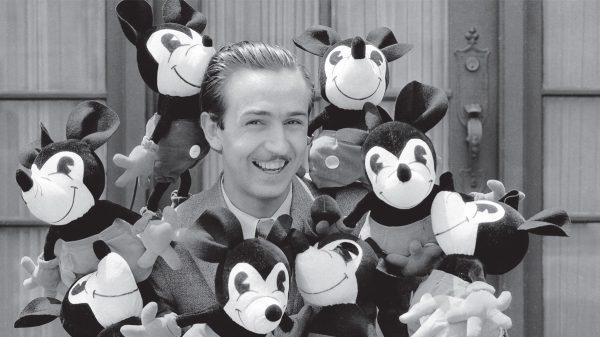


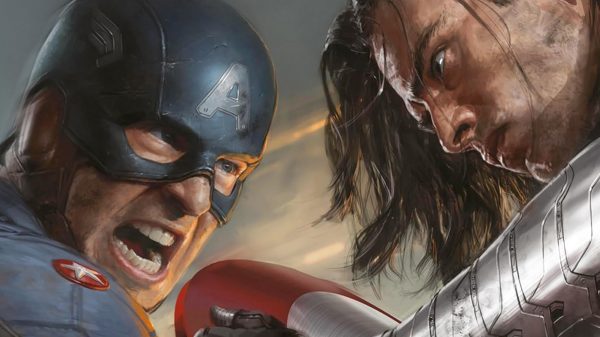



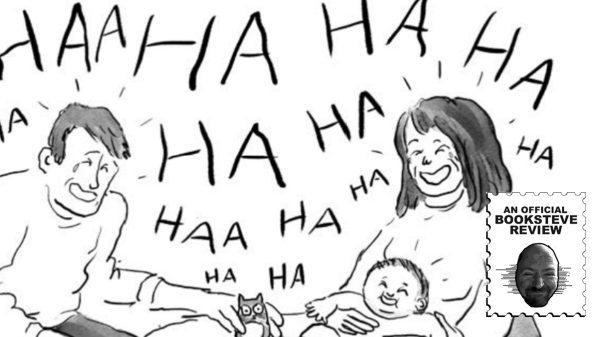
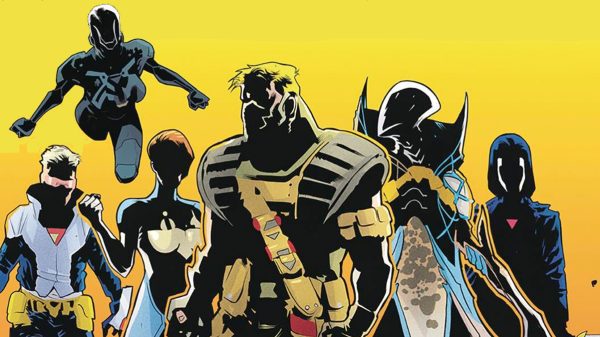
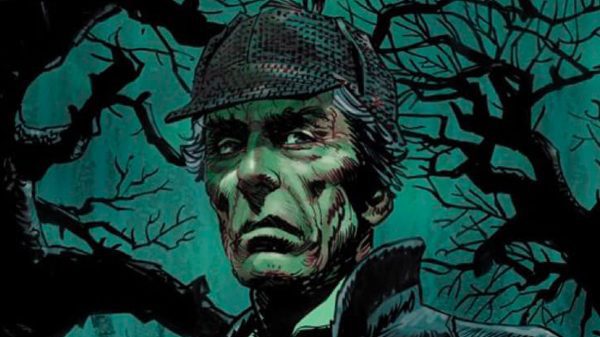

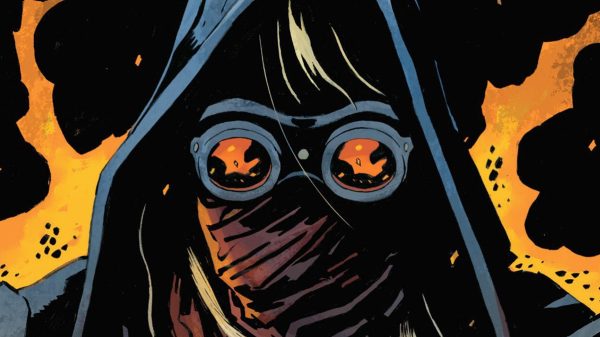





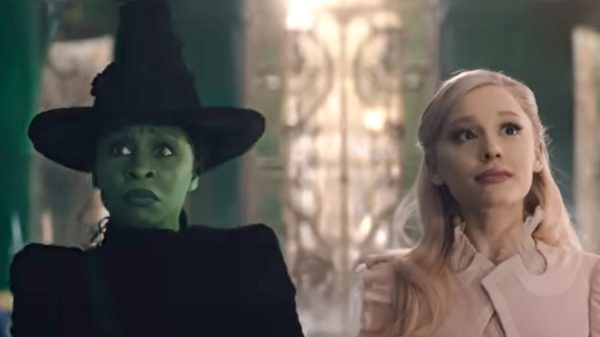
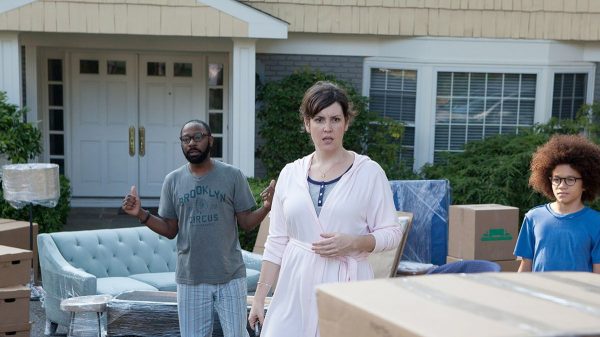
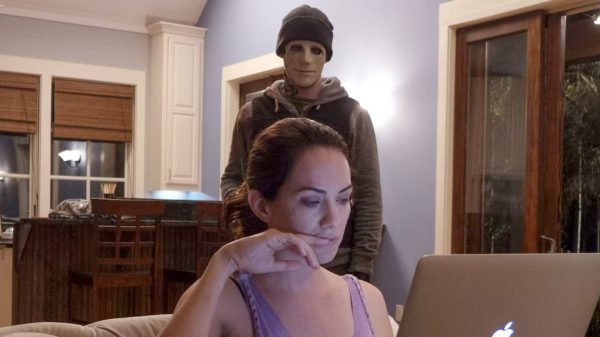













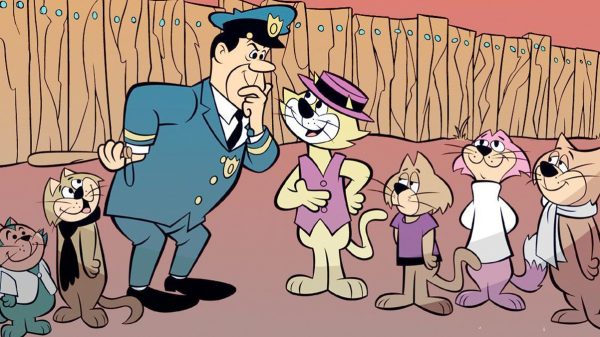
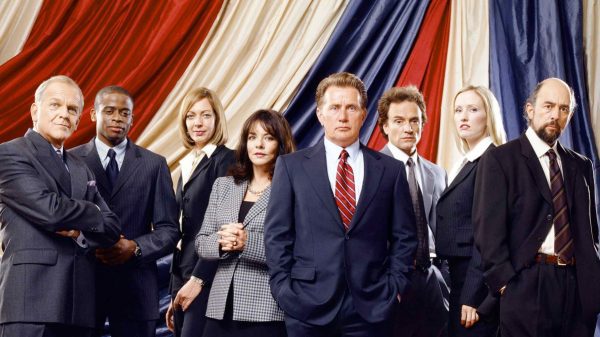
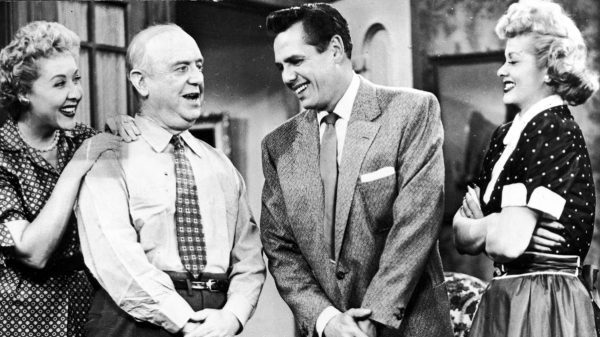
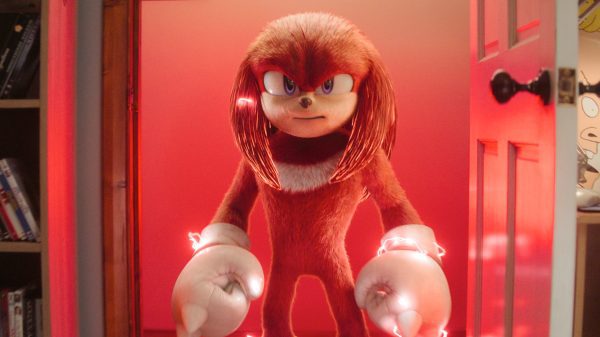
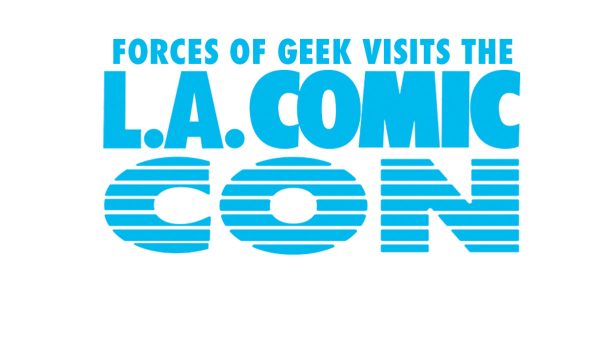

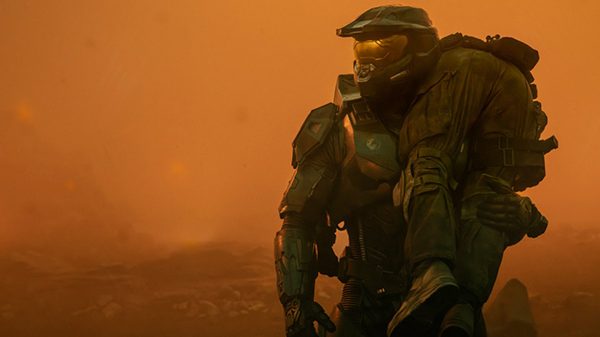
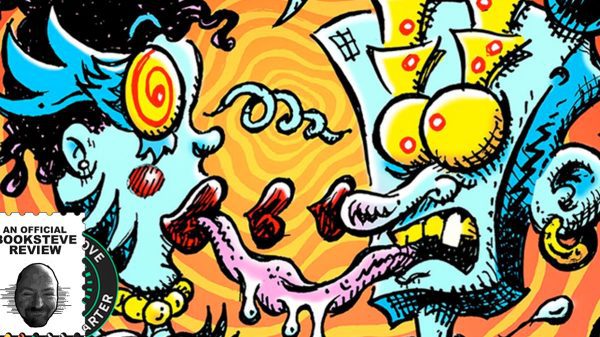





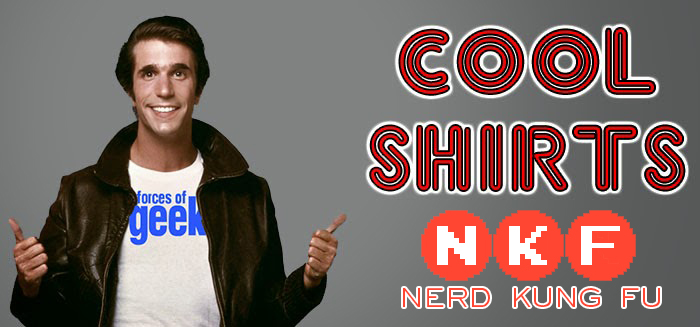



























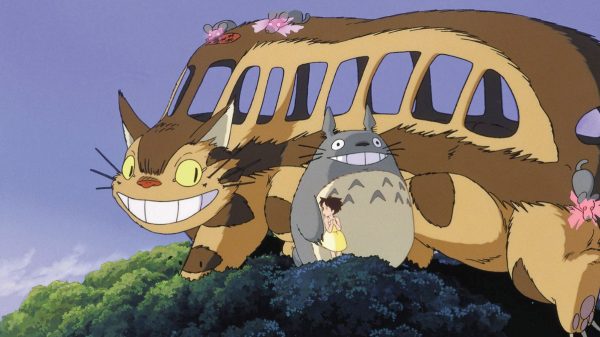
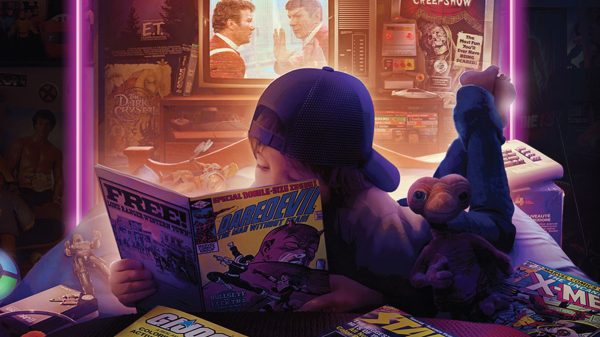
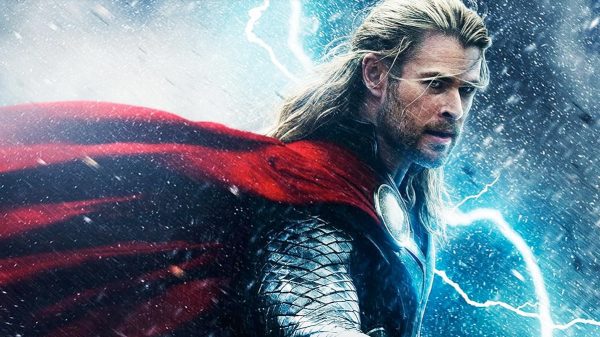
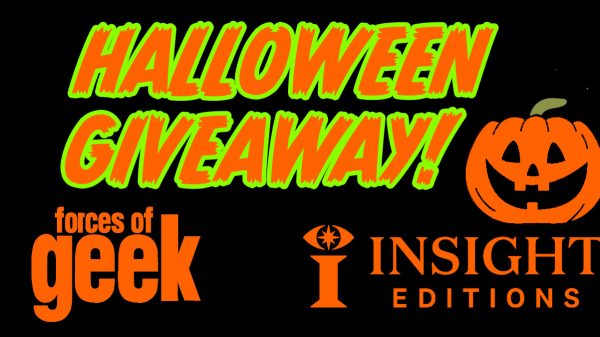



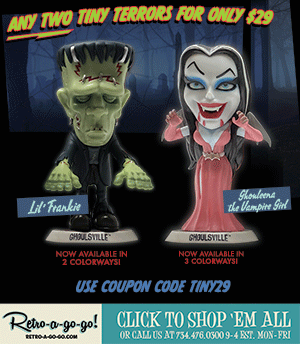




You must be logged in to post a comment Login